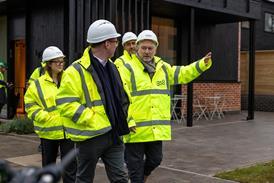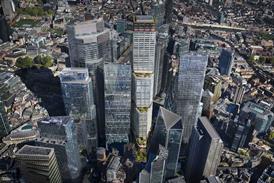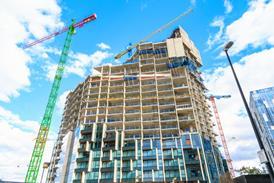- Home
- Intelligence for Architects
- Subscribe
- Jobs
- Events

2025 events calendar Explore now 
Keep up to date
Find out more
- Programmes
- CPD
- More from navigation items
What were Studio E’s failures on the Grenfell Tower refurbishment?

Inquiry found practice fell “well below the standard to be expected of a reasonably competent architect”
Amongst the firms facing the most serious criticism in the Grenfell Inquiry report is the now defunct architectural practice, Studio E. Its role in the design of the refurbishment—particularly in the selection of materials and the external cladding - has been the focus of damning findings.
The Grenfell Tower Inquiry has found that Studio E fell “well below the standard to be expected of a reasonably competent architect” and that its failures in relation to the design and material selection “had catastrophic consequences.”
…
This content is available to registered users | Already registered?Login here
You are not currently logged in.
To continue reading this story, sign up for free guest access
Existing Subscriber? LOGIN
REGISTER for free access on selected stories and sign up for email alerts. You get:
- Up to the minute architecture news from around the UK
- Breaking, daily and weekly e-newsletters
Subscribe to Building Design and you will benefit from:

- Unlimited news
- Reviews of the latest buildings from all corners of the world
- Technical studies
- Full access to all our online archives
- PLUS you will receive a digital copy of WA100 worth over £45
Subscribe now for unlimited access.






